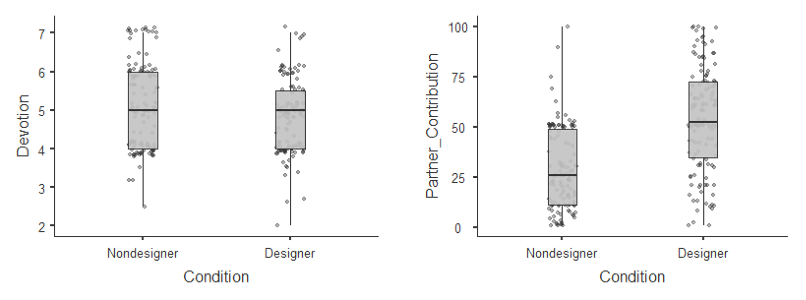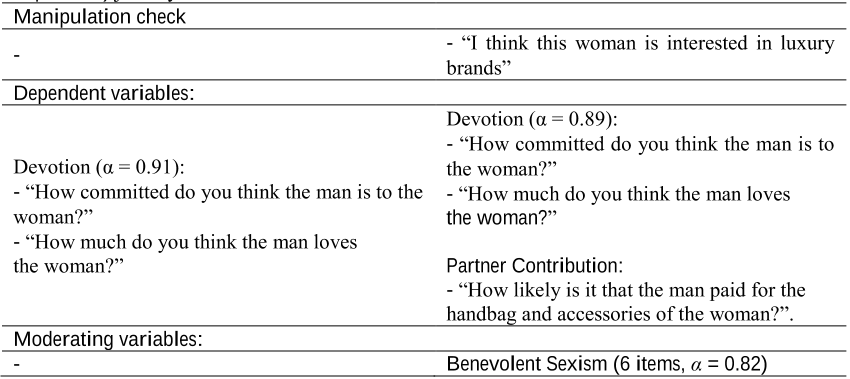Abstract: In three studies, we explored how individual differences in sociosexual orientation systematically relate to the types of attributes people prefer in romantic partners. In Investigation 1, individuals rated the importance of 15 partner attributes. Two factors emerged: personal/parenting qualities and attractiveness/social visibility. Individuals who possessed a restricted sociosexual orientation rated attributes that loaded highly on the former factor as being more important than those that loaded highly on the second one, whereas the reverse was true for unrestricted individuals. In Investigation 2, individuals evaluated two prospective romantic partners, one who was described as highly attractive and socially visible but less desirable in terms of personal/parenting qualities and one who had the opposite set of attributes. Unrestricted individuals tended to select the former partner, whereas restricted individuals chose the latter one. Investigation 3 examined the attributes actually possessed by their romantic partners. Unrestricted individuals were dating partners who were more socially visible and attractive, whereas restricted individuals were dating partners who were more responsible, faithful/loyal, and affectionate. Results are discussed in terms of an evolutionary model that links sociosexuality to mate selection.



